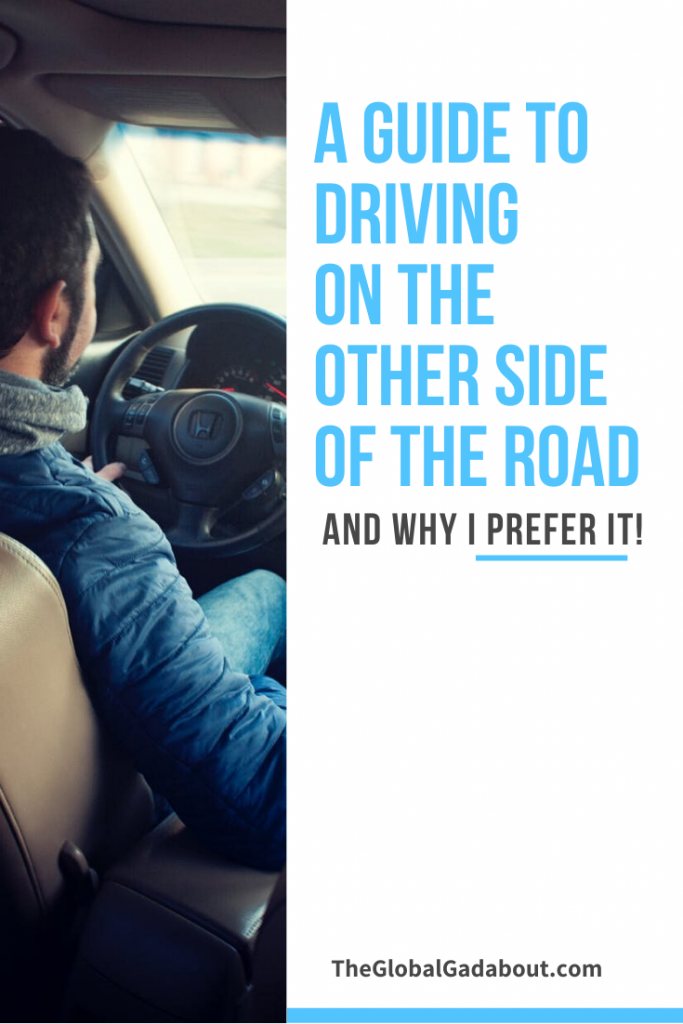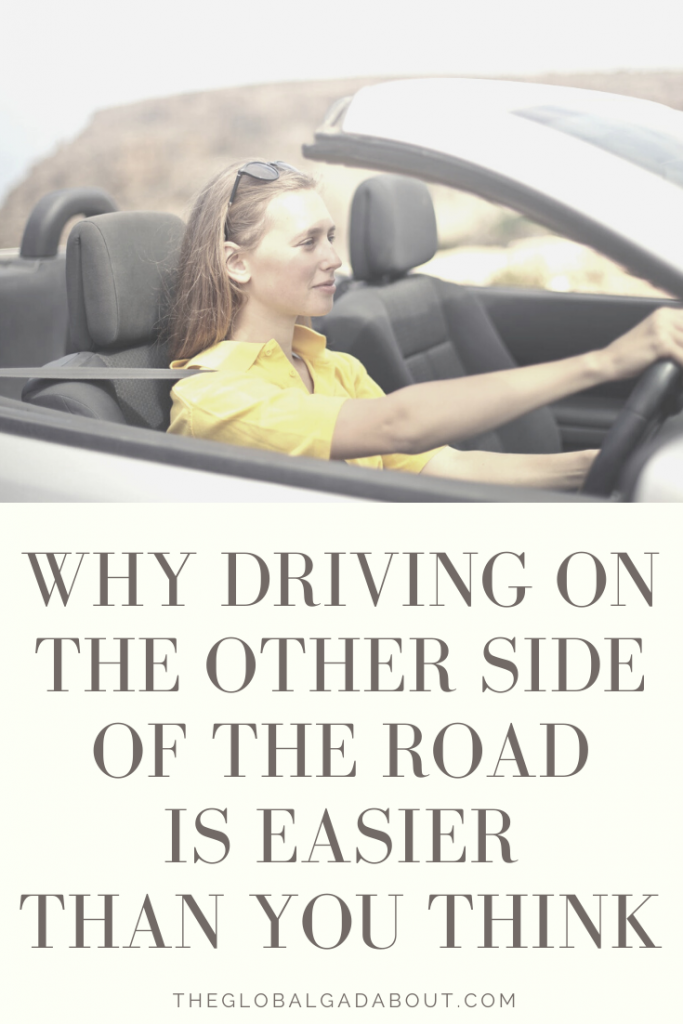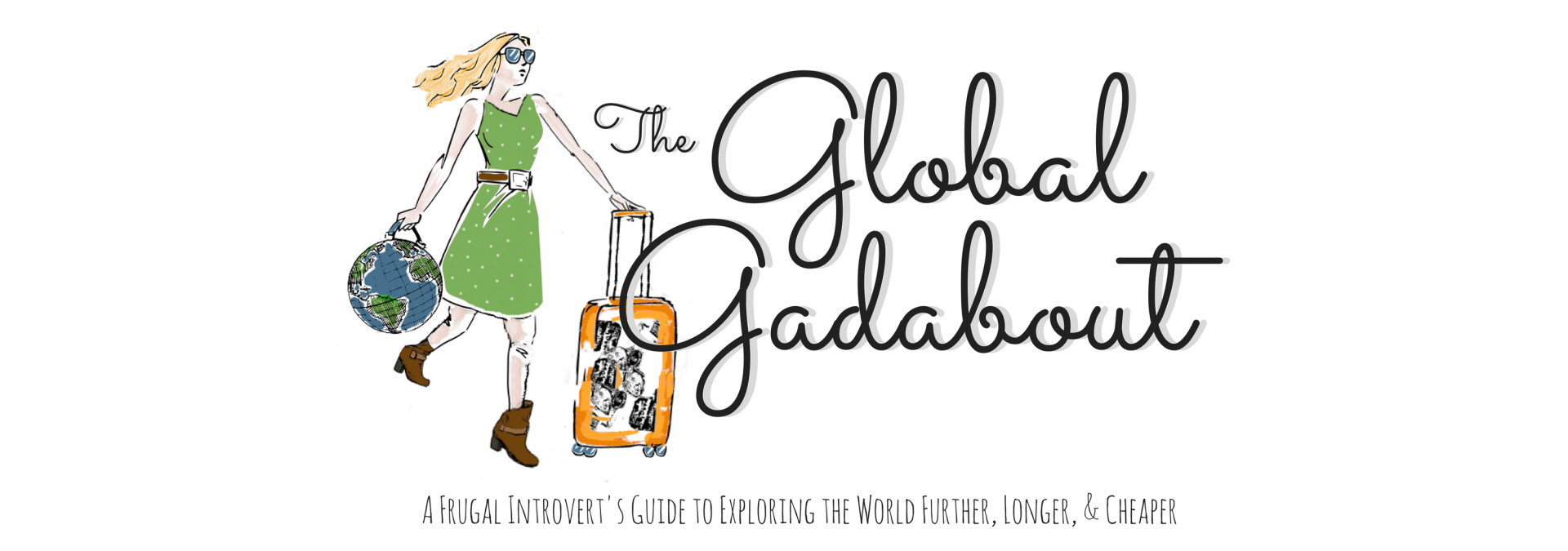Driving in a foreign country can be intimidating enough. But what if that country uses the opposite side of the road from what you are used to? I’ve met many travelers who are super nervous to drive on the “wrong” side and some who flat out refuse to try it. I’m American and so grew up driving on the right. Throughout my travels, though, I’ve driven on the left quite a bit. In fact, when I did a working holiday in New Zealand (a left-driving country) for nearly a year, I actually bought a car and probably drove about 75% of the roads on those beautiful islands!

I Prefer It!
It didn’t take me long to discover I actually prefer driving on the left. As a predominantly right-handed person, I liked having my right hand as the main steering hand and my left for the gear shift. Whether or not you decide you prefer it, changing the side of the road you drive on is not as hard or awkward as it seems. This post will tell you all about what to expect and give you some tips to help you feel more comfortable.
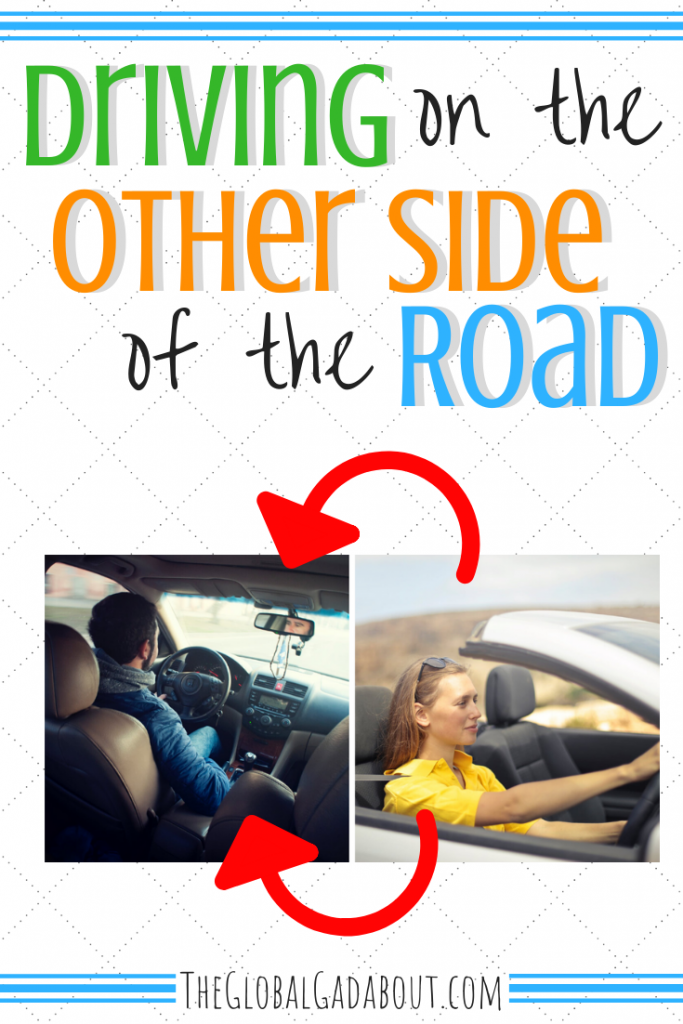
It’s Easier Than You Think
For the most part, driving is driving. You know how it works. Yes, there are a few signs and road rules that might be slightly different between countries, but fundamentally, it’s the same. When you drive on the other side of the road, it’s still driving. There’s one noticeable difference, but fundamentally, it’s the same. Once you get out onto the road, your instincts and observational skills should allow you to adapt very quickly.
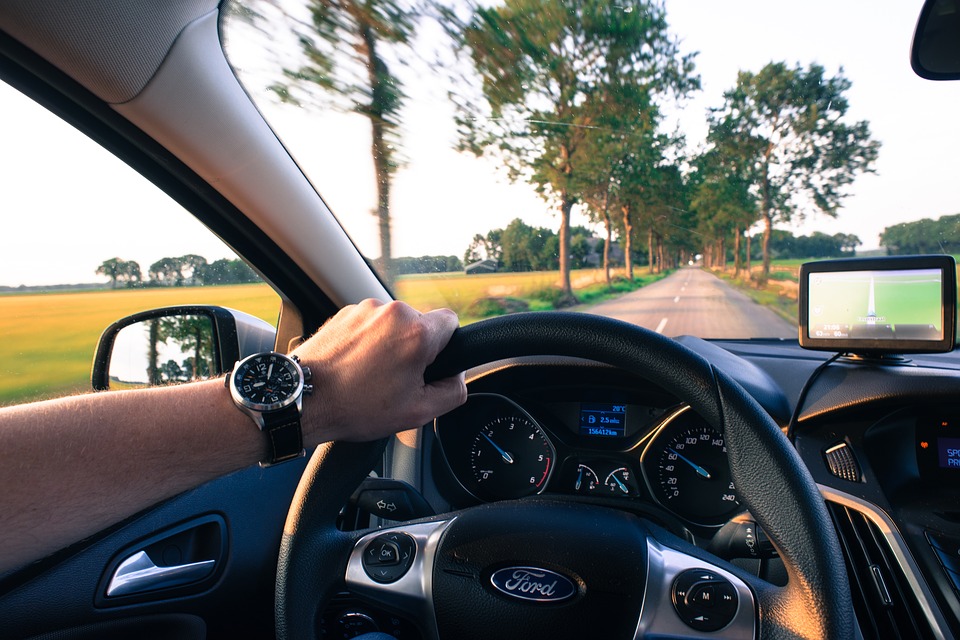
What’s Different
Obviously, the side of the road is different. That’s the given here. But driving on the other side does mean there are a few differences in the car as well.
Side of the Car You Sit On
This should be a pretty obvious difference. The driver sits on the side of the car that is closest to the center line on the road. For right-driving countries, the driver’s seat is on the left side of the car. For left-driving countries, the driver’s seat is on the right side of the car. Even though it’s visually plain to see, I found my instinct as to which car door to open was much harder to adapt than the actual driving part.
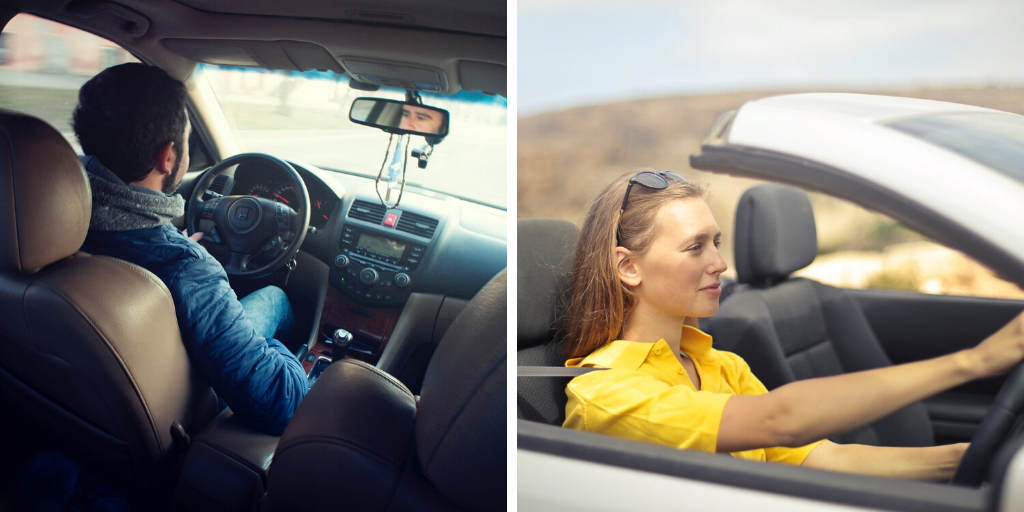
Turn Signal & Wiper Controls
The general car layout is the same no matter what side of the road it’s made to drive on. You’ll have the dashboard and steering wheel right in front of you. What might be different is on which side of the steering wheel you’ll find controls such as turn signals, headlights, and wipers. When first switching to driving on the left, I found I kept putting on the windshield wipers every time I wanted to make a turn! Those two controls were opposite to what I was used to. Not a big deal but something to pay attention to. I would recommend carefully inspecting all the controls before you even turn the car on for the first time. That way, at least you’ve seen where they are even if you still accidentally go for the wrong one once you’re driving…
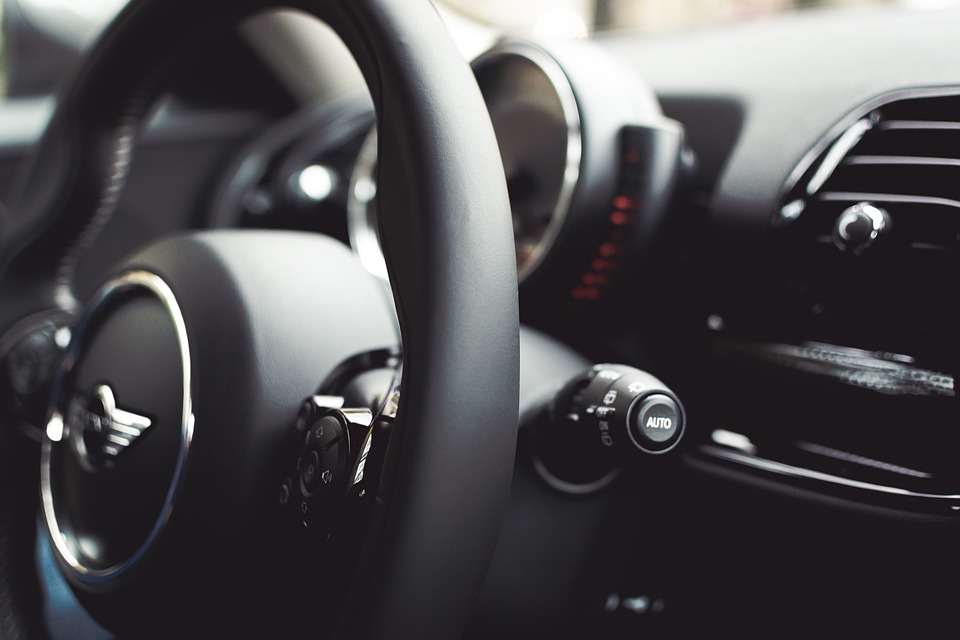
Gear Shift/PRND
As the driver’s seat is switched, so is the gear shift or PRND stick. This means you will be using the opposite hand than what you are used to to change gears or to put the vehicle into drive. This is not a big change for automatic cars. You only have to worry about it when you start driving, reverse, or park. It’s a bit more evident in manual cars where you change gears frequently throughout your drive.
Important Note: While the stick itself is opposite, the layout of the gear numbers usually isn’t. So it’s the same placement you are used to, you are simply using your other hand to move it.
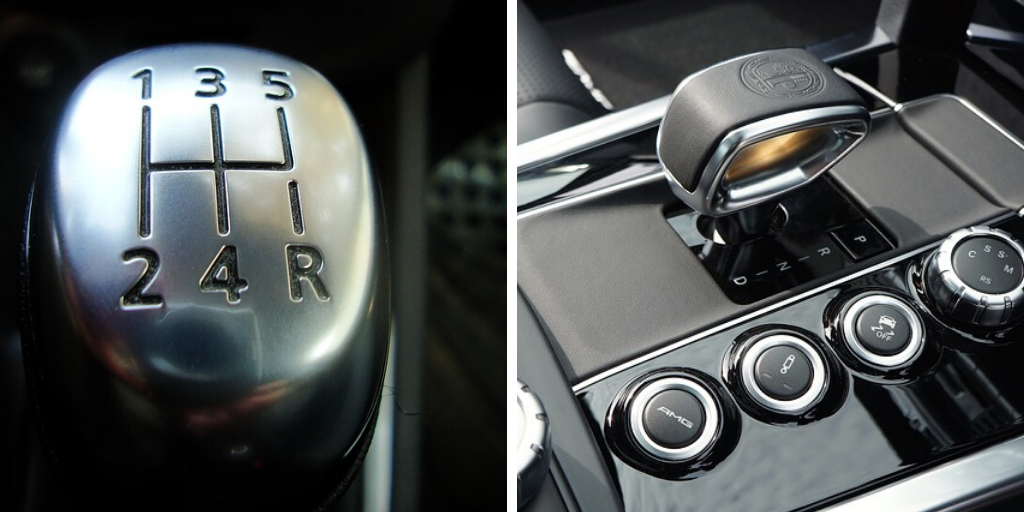
What’s the Same
Besides these main differences in car layout, everything else is pretty much the same. I do want to specifically point out one big similarity:
Pedals
The pedal layout is the same no matter which side of the road you drive on. The gas will always be on the right. The brake will always be on the left. If you drive a manual car, the clutch will always be on the far left, with the brake in the middle. You don’t have to worry about needing to brake quickly and instinctively slamming on the gas instead. Unlike the wiper/blinker error, this could be a huge safety concern! So pedals are standardized.
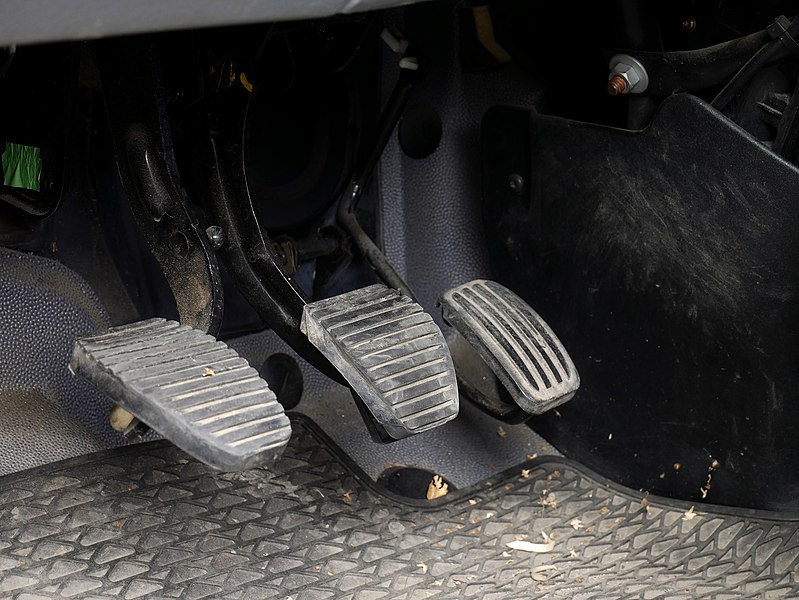
When You Know How to Drive, You Know How to Drive
As for the driving part itself, definitely check if there are any special rules or signage you need to know about. Some countries allow turns on a red light (after stopping) if you don’t have to cross lanes, for example, and some don’t. But otherwise, driving is the same on both sides of the road. If you are nervous about it, pay attention and try these tricks:
Follow the Car in Front of You
Try to follow (but don’t tailgate!) another driver. Most likely, the person in front of you will be a native driver, used to this side of the road. It’s much less likely for you to accidentally drive the wrong way if you have another vehicle in sight as an example.
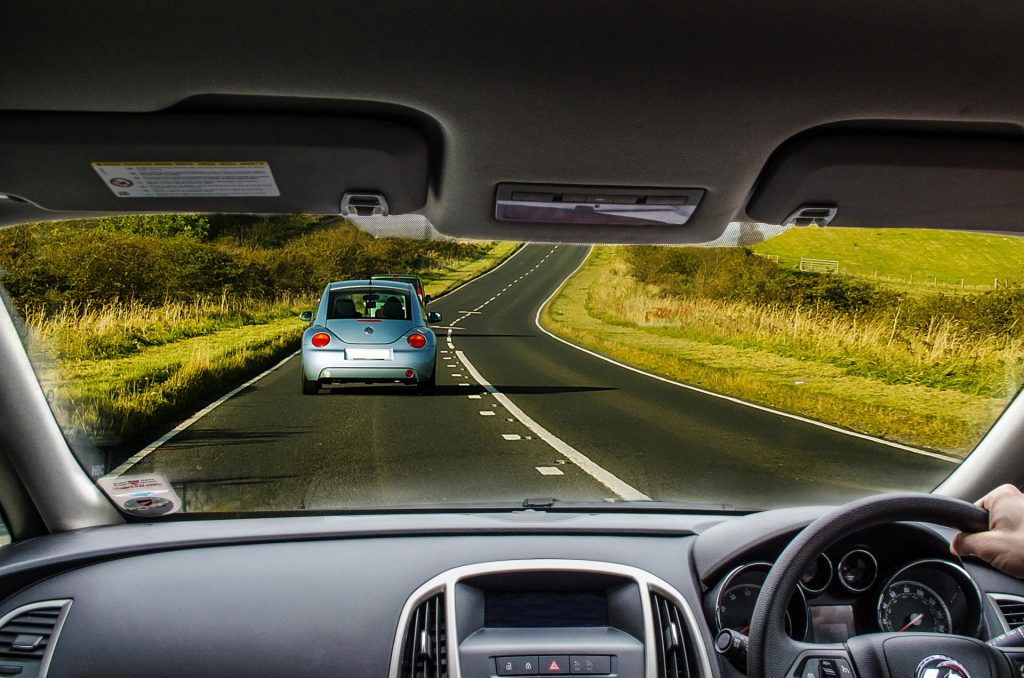
Pay Attention When Turning
Turning can be the trickiest part of driving on the opposite side of the road. Whether you are used to driving on the right or the left, you turn both directions and you enter a new lane of traffic. Thus, it can be easier to accidentally aim for the lane you are used to when turning from your normal side of the road. Just be aware that this can be a trouble spot and use extra focus when turning. The same goes for pulling into driveways and parking lots, which is also “turning” but may lack road markings to guide you.
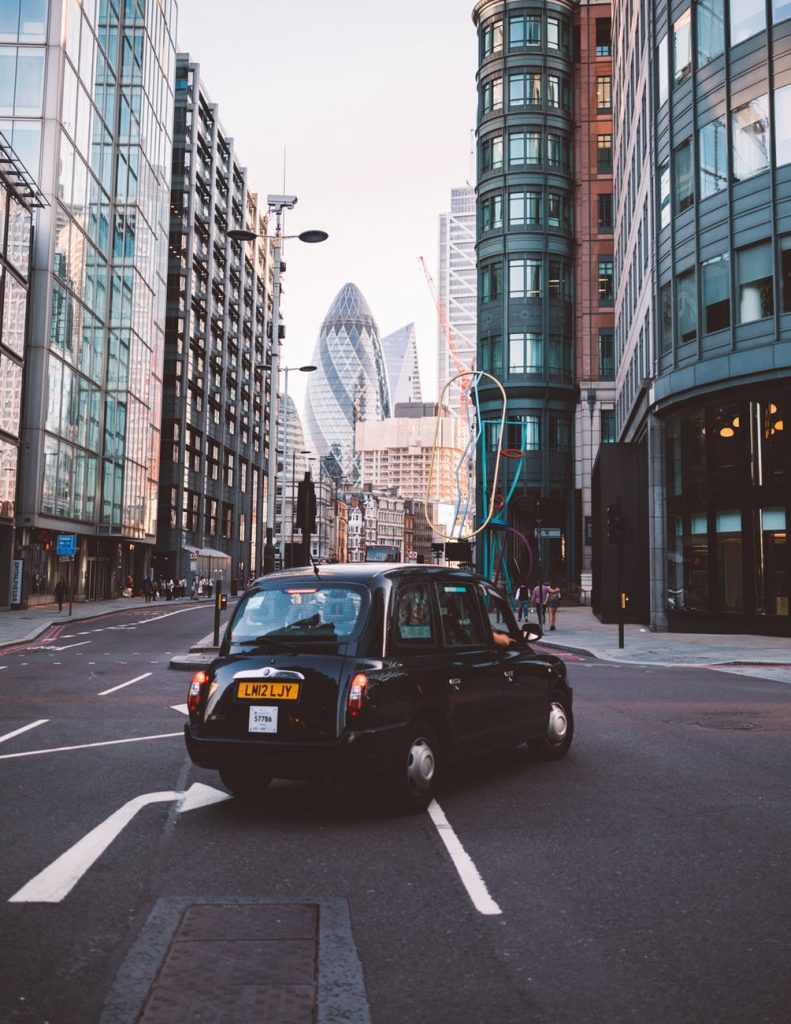
What it boils down to it to just be aware and pay attention. Driving on the other side of the road is not as different as you might think and you get used to the small differences pretty quickly. I hope this guide has helped provide knowledge, calm any nerves, and boost your confidence to try opposite-side driving. You never know, you might end up preferring it, like me!
Related Posts
- Save on Rentals by Relocating Cars & Campers
- Hitchhiking: Is it Safe? Is it Legal?
- Best Gear for Road Trips
Want more from The Global Gadabout? Sign up for the newsletter and get access to exclusive printable freebies!
Pin this post for later!
